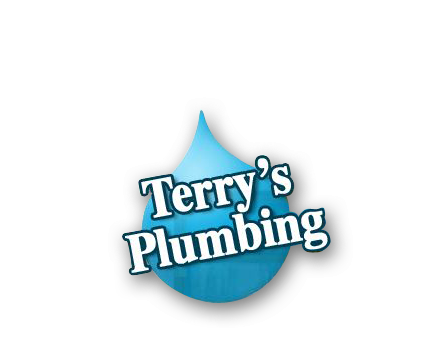 (412) 364-9114
(412) 364-9114
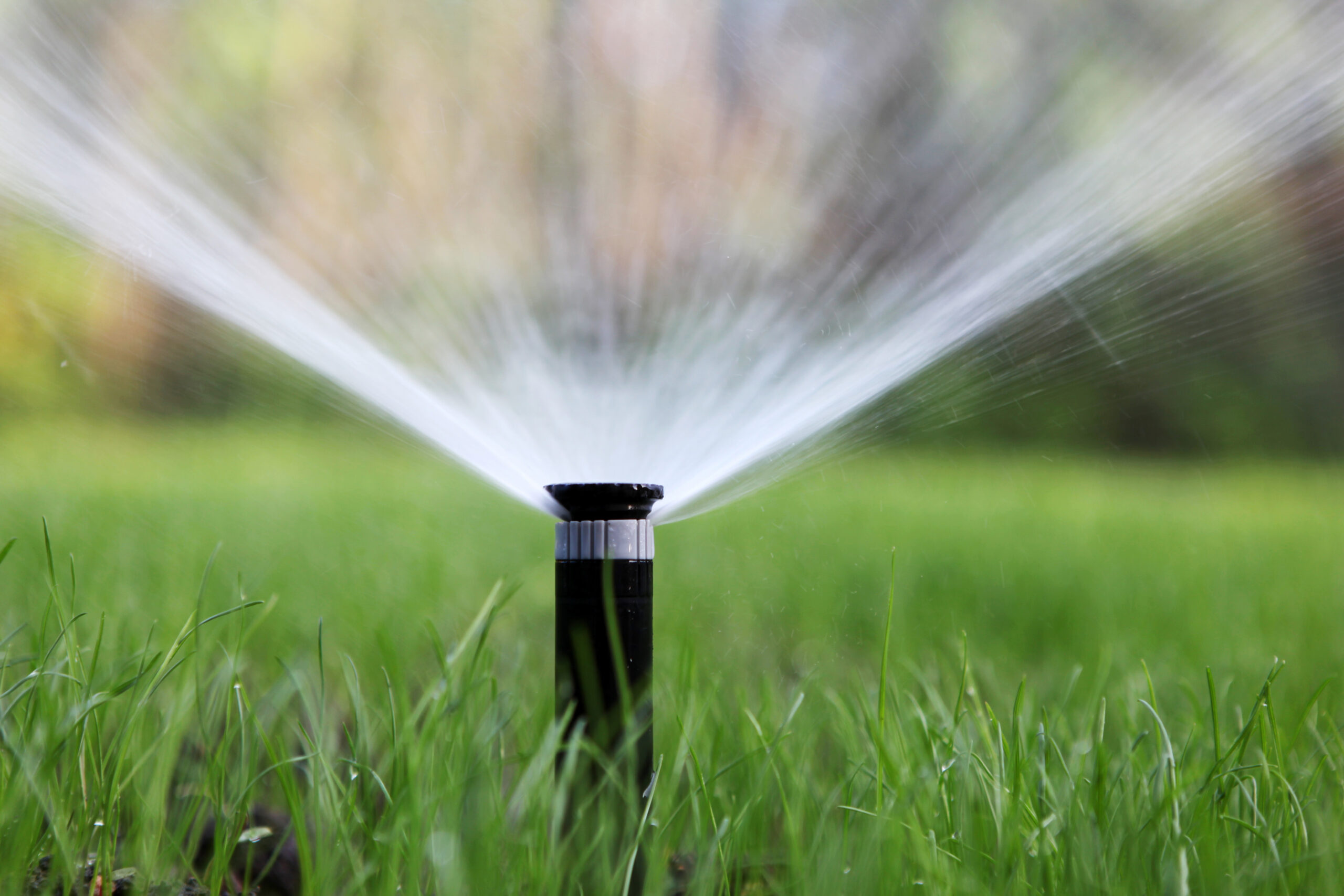
Now that winter is here, you could benefit from learning how to winterize a sprinkler system. This is especially the case if your yard is subject to frost, and any sitting water can freeze and burst the pipes, resulting in costly repairs. In fact, it’s one of the things you should do to get your home ready for winter, but it falls off the list for many of us. If you haven’t already taken care of this, you need to do so now. The good news is that, with the right equipment and methods, you can drain the sprinkler system […]
Read more »
As the weather heats up and thoughts turn to swimming and cooling off in the pool, the Water Quality & Health Council highlights a contradictory finding from their recent swimmer hygiene survey. They discovered that 44 percent of American Adults skip the shower before entering a swimming pool. For decades, public health authorities have recommended the pre-swim shower. Showering before swimming helps keep swimming healthy for everyone in the pool. Yet, only 32 percent of respondents surveyed say they always shower before swimming. To help “connect the dots” on this issue for summertime swimmers keep on reading! This blog covers […]
Read more »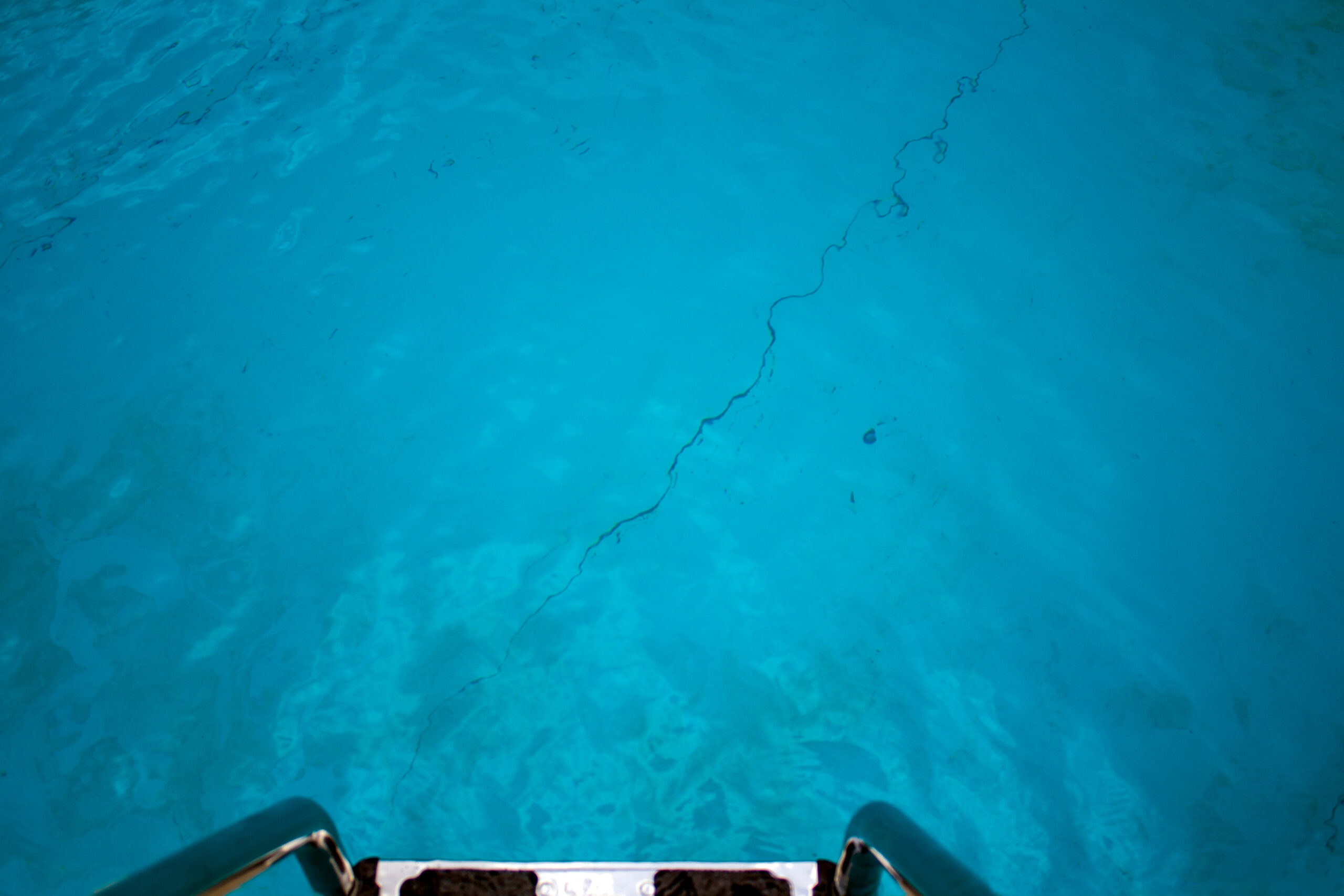
To avoid serious water damage to your home, leaks have to be located and dealt with as soon as possible. Walls, floors and ceilings exposed to too much water can cost a pretty penny in repairs and refinishing. With the humidity reaching new heights outdoors, it’s important to keep your home free of leaks to avoid water damage as well as mold. However, homeowners with backyard swimming pools have a whole other set of plumbing to worry about. Keep on reading for more information on how to determine if your pool has a leak and what the source of the […]
Read more »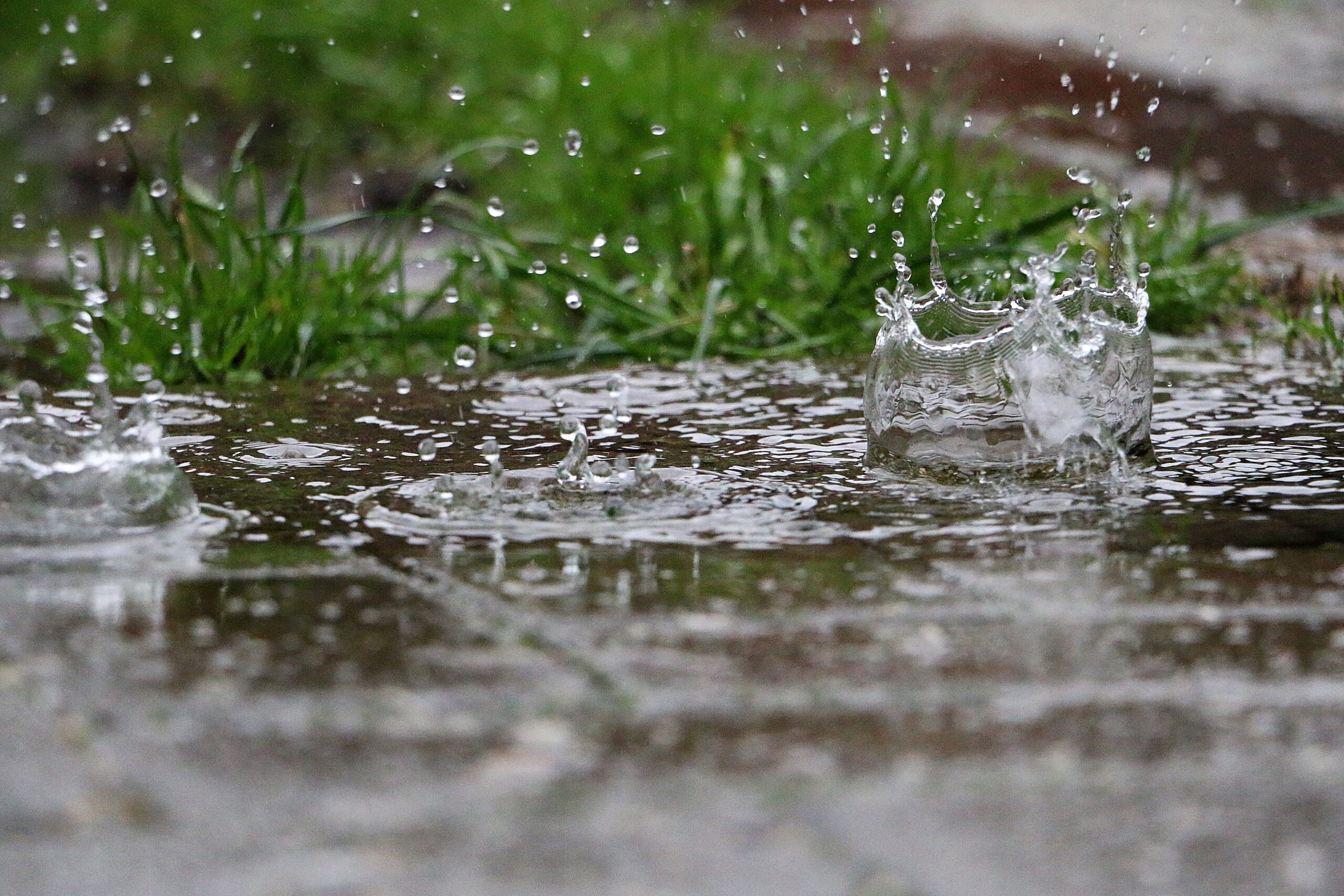
As the fall season approaches, discovering that your sprinkler system won’t turn off can be alarming. Not only do you potentially have to pay for wasted water, but there might be underlying issues with your sprinkler system that need to be addressed. Here at Terry’s Plumbing we know a thing or two about sprinkler systems. Here are few reasons why your sprinkler system may still be running and some do-it-yourself solutions you can try. Make Sure Your System is Off Before jumping to any assumptions, you should first locate your sprinkler control panel and make sure the dial is turned […]
Read more »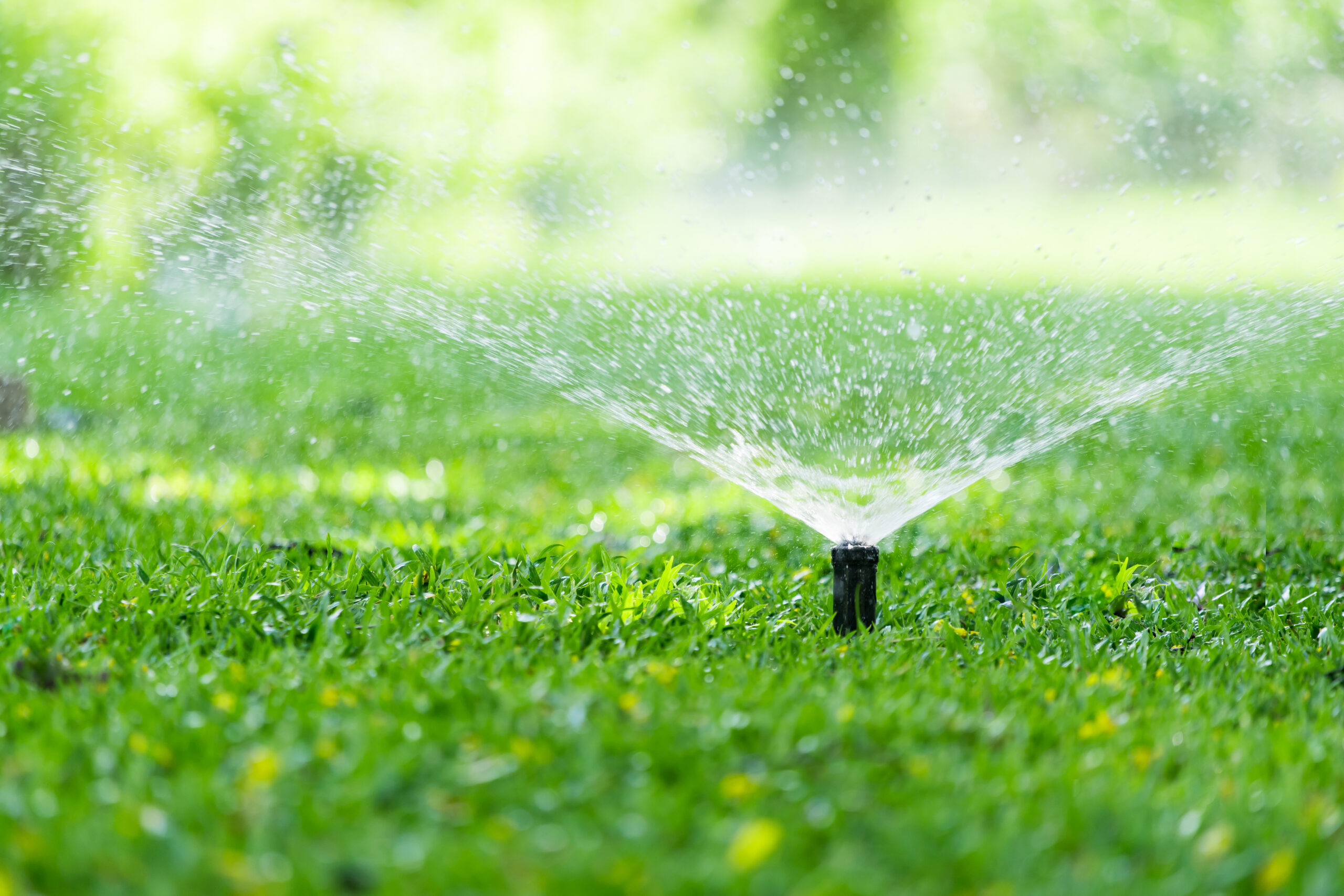
Nothing can turn heads quite like a beautiful lawn, so do what’s right and give your lawn the hydration it needs to thrive all year. Sprinkler systems will keep your lawn looking great while conserving water, but they do require attention. Here are some tips from Super Terry on what you should be aware of when purchasing and maintaining your sprinkler system. Keeping Up With Sprinkler System Maintenance If you’re looking to purchase a sprinkler system or you already own one, you need to meticulously maintain it, so that it continues to help save you money in the long run. […]
Read more »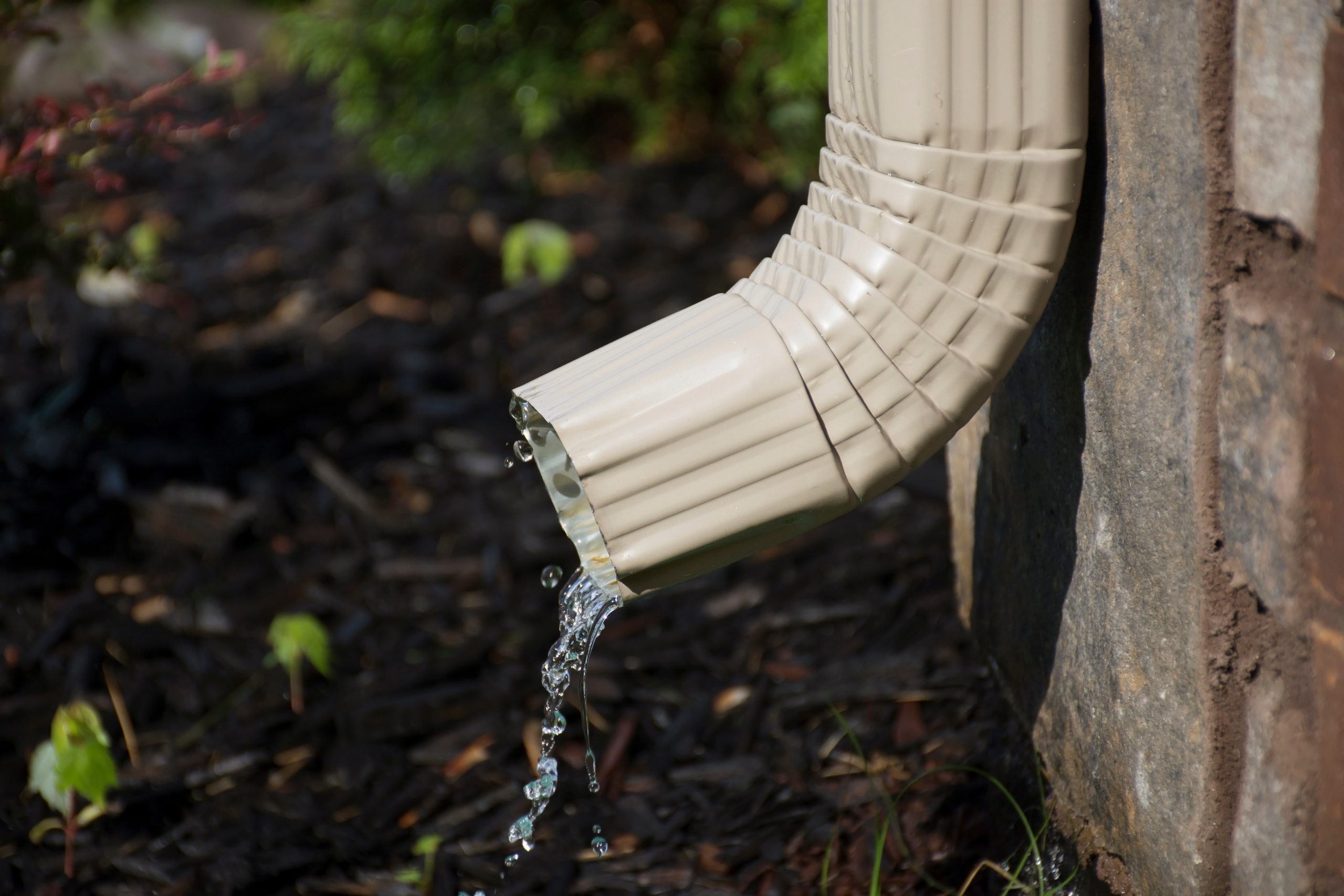
Downspouts are a very important part of any house. They attach to the gutters at the top of the eave and run rainwater away from the building exterior. Downspouts are available in vinyl or aluminum, but both follow the same installation methods. One important step in the installation process of downspouts is positioning them in the proper location on the ground. To ensure that stormwater is running into proper drainage areas, check that your home’s downspouts are directed away from your home’s foundation. Downspouts should also end in grass or another place where rainwater can be absorbed. Over time, things […]
Read more »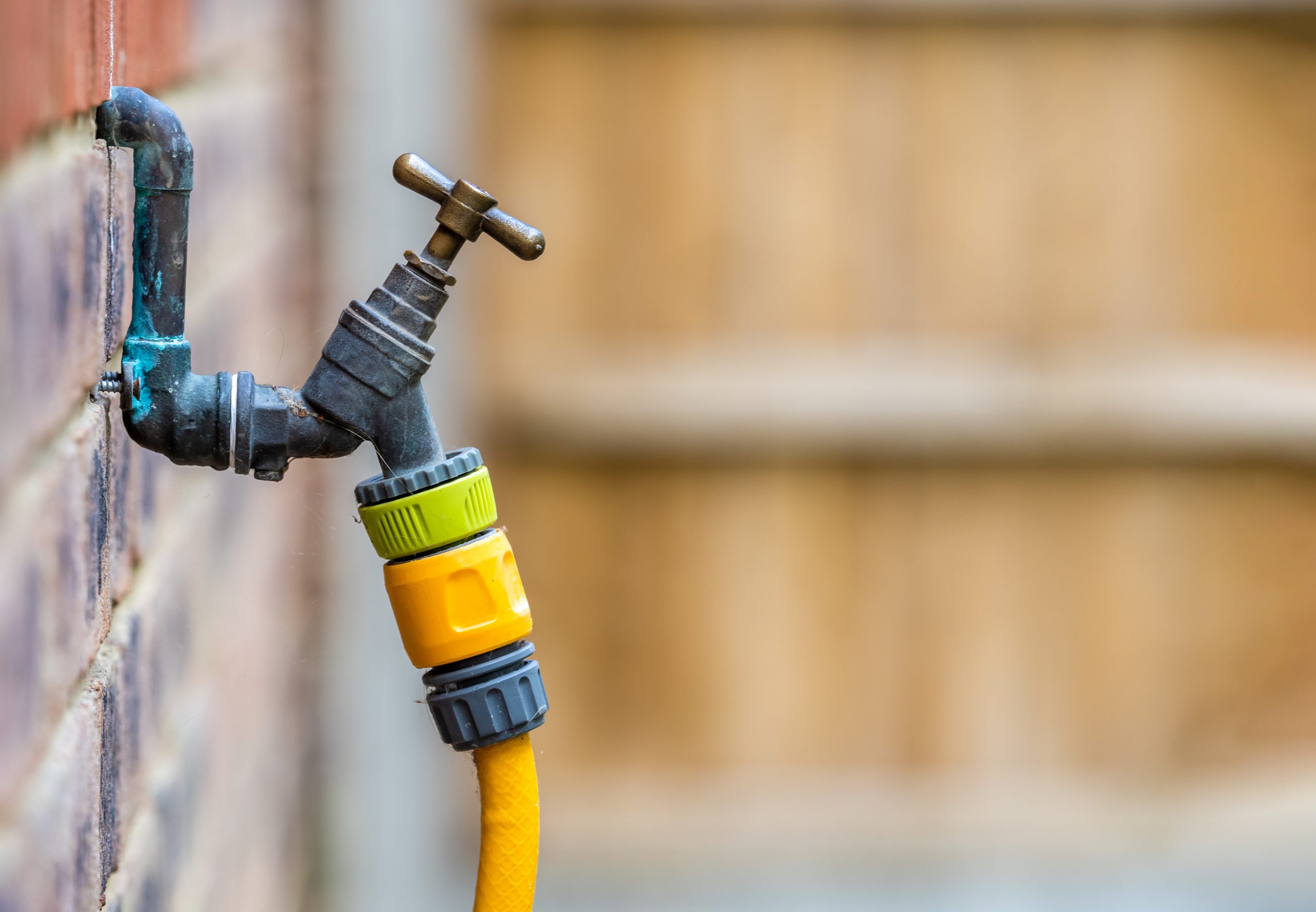
An outdoor hose connection is a handy feature for gardening and other chores that call for running water outside of your house. The average do-it-yourself homeowner is more than capable of tying into an existing connection to install a faucet. Below, we show you how to quickly complete this project so you can move forward with your weekend.
Read more »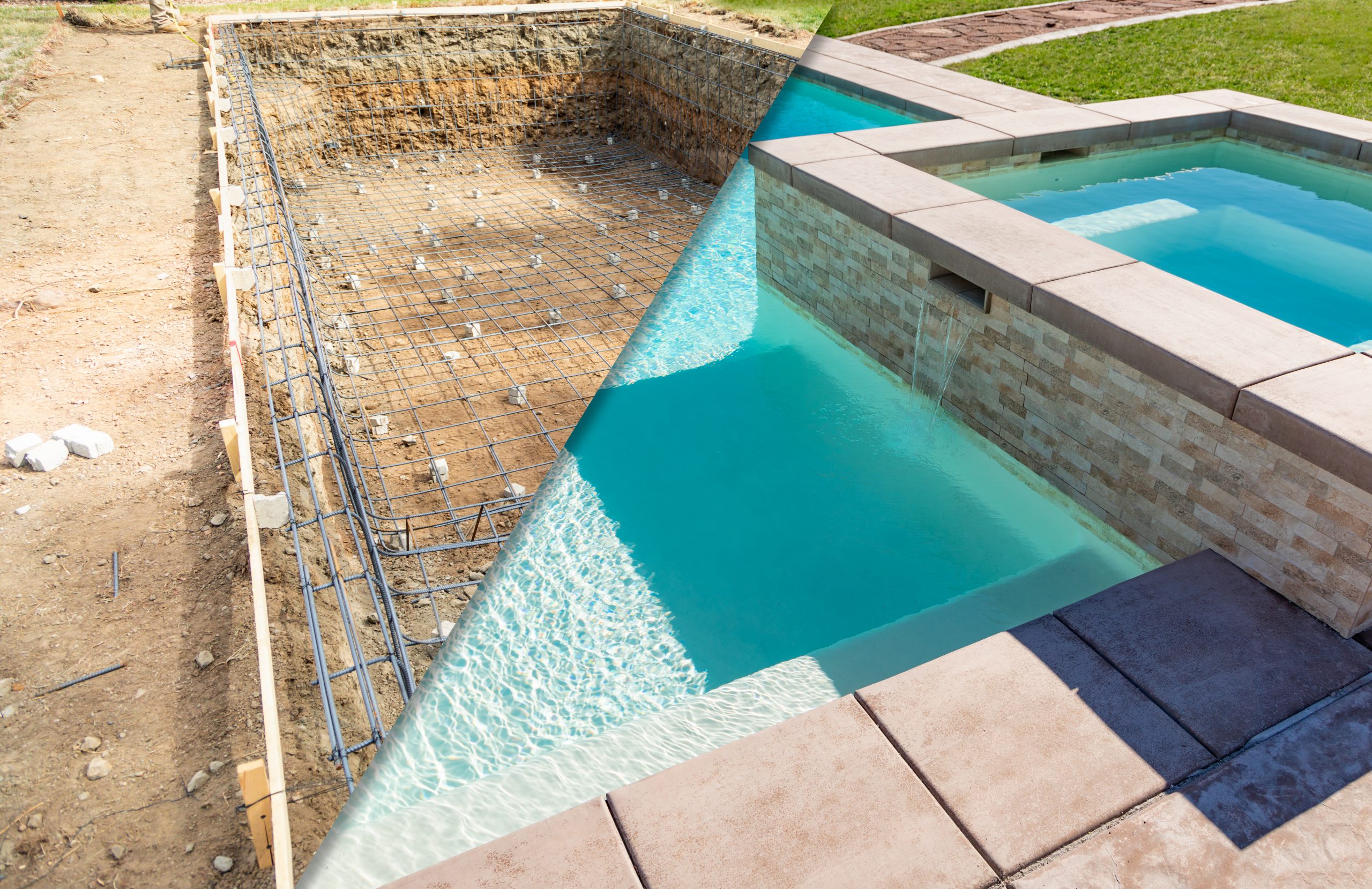
A swimming pool uses a complex plumbing network to circulate and clean the water. With most pool plumbing components hidden behind walls and underneath the floor, most people have poor knowledge about how a pool works. Studying a swimming pool plumbing diagram can improve your knowledge and make it easy to understand the basics. In this article, we discuss diagram types and common FAQ’s.
Read more »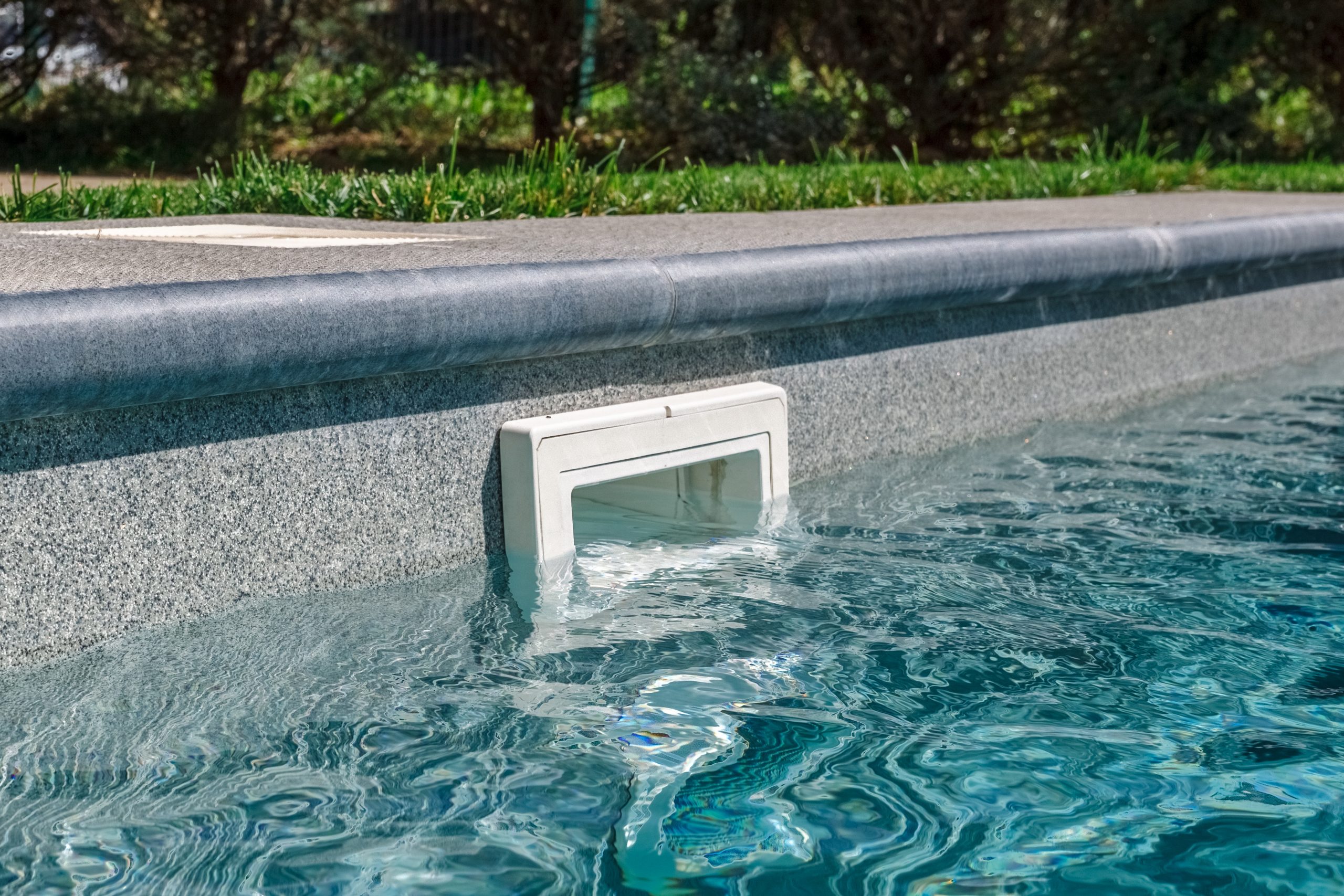
When building an inground swimming pool, there are many important small details. One area that is often oversimplified is the plumbing of the pool. More specifically, installing the main drains, and returns. So, here’s a step-by-step process for each of these, in detail.
Read more »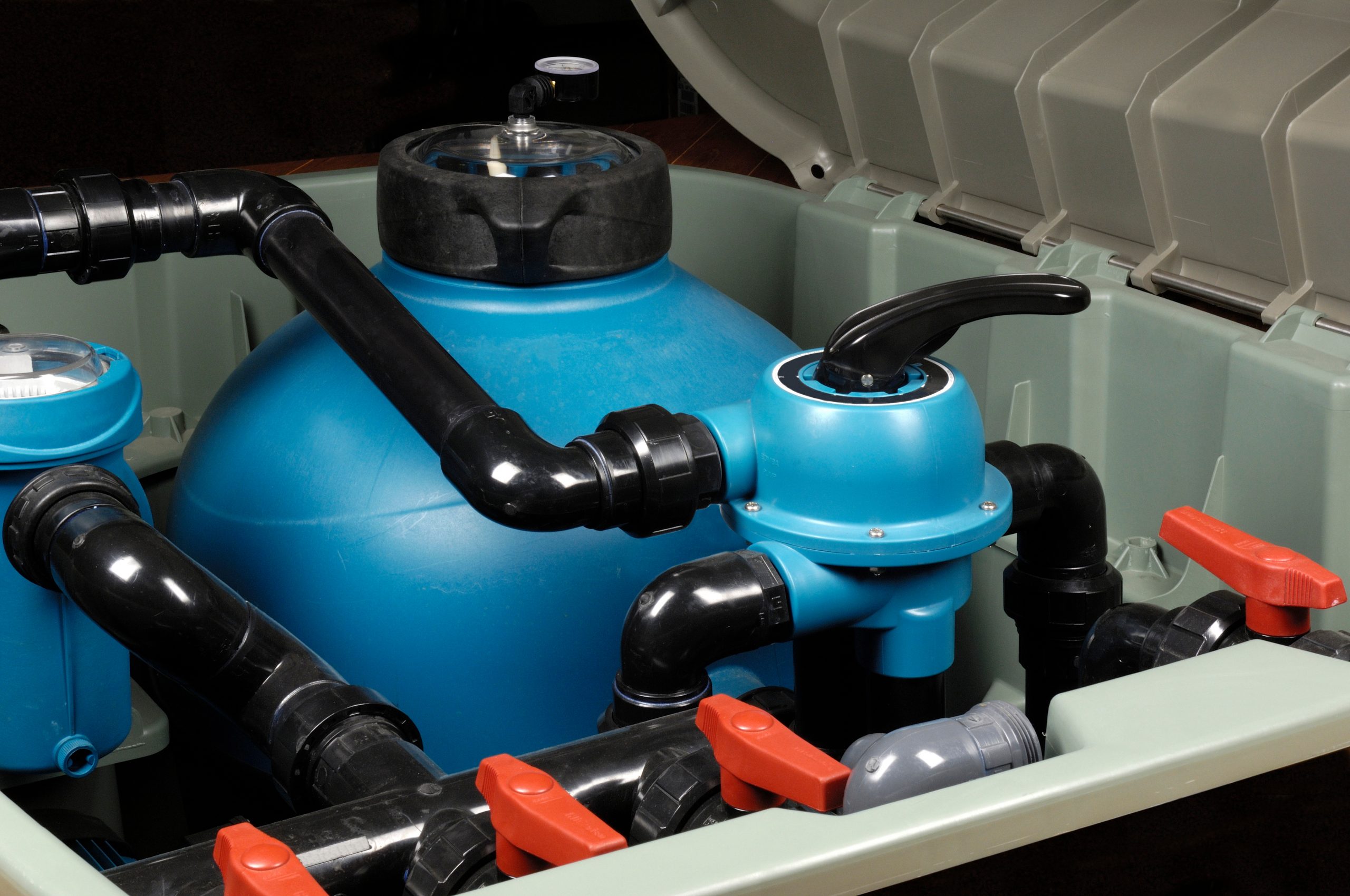
Many pool builders skimp or rush through the plumbing. If it’s done wrong or looks like junk, no one will be happy. The client won’t be happy when the pool isn’t performing up to standard, and as a plumber, you’ll be out there spending countless hours reworking and fixing your rush job. Ideally, you want to use straight lines and have everything symmetric. It’s more appealing to the eyes and helps water flow, but it’s not always possible. So, in this blog, we go over how to know if your pool is plumbed properly.
Read more »